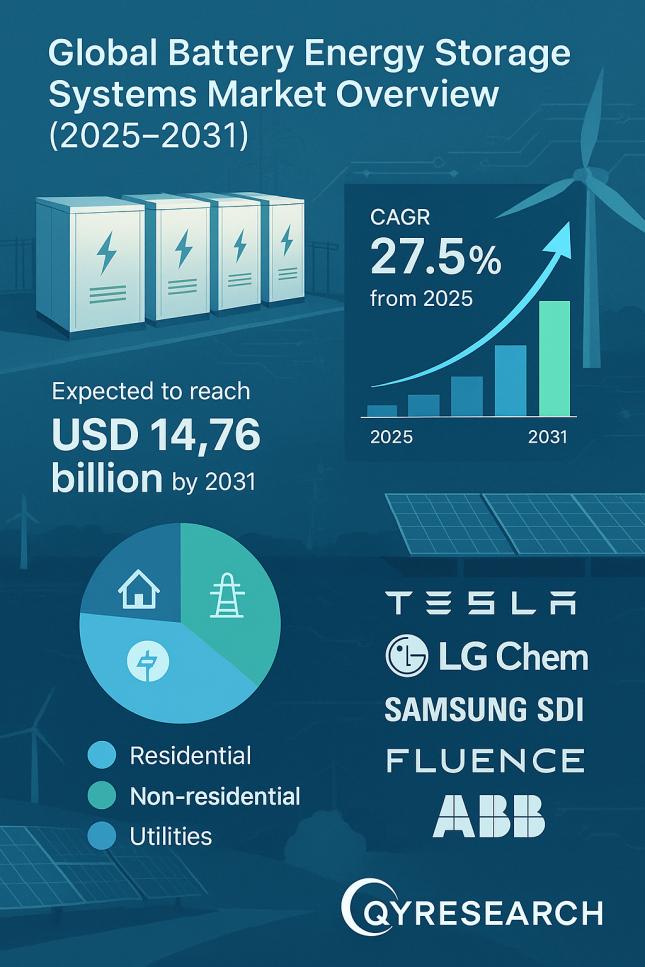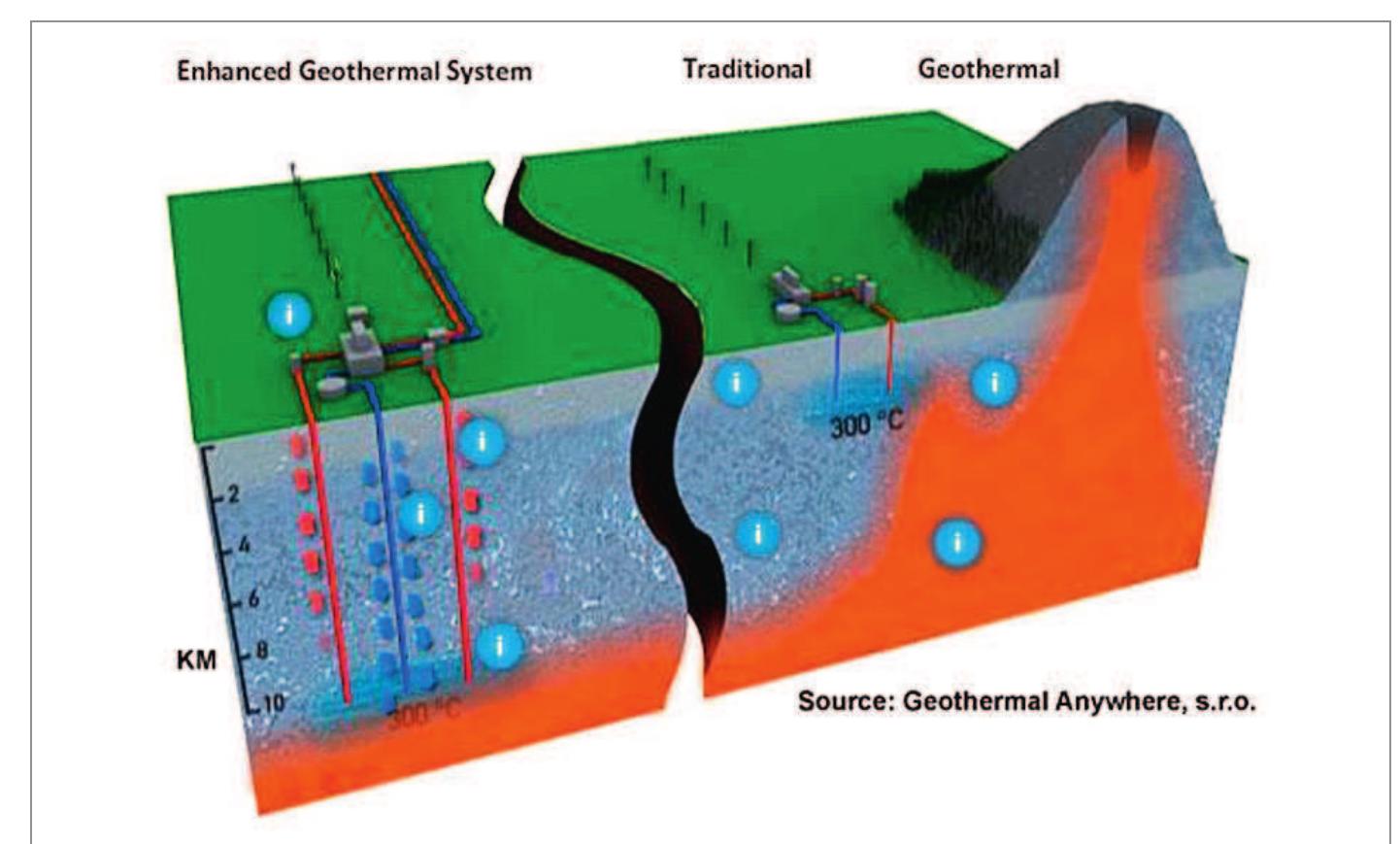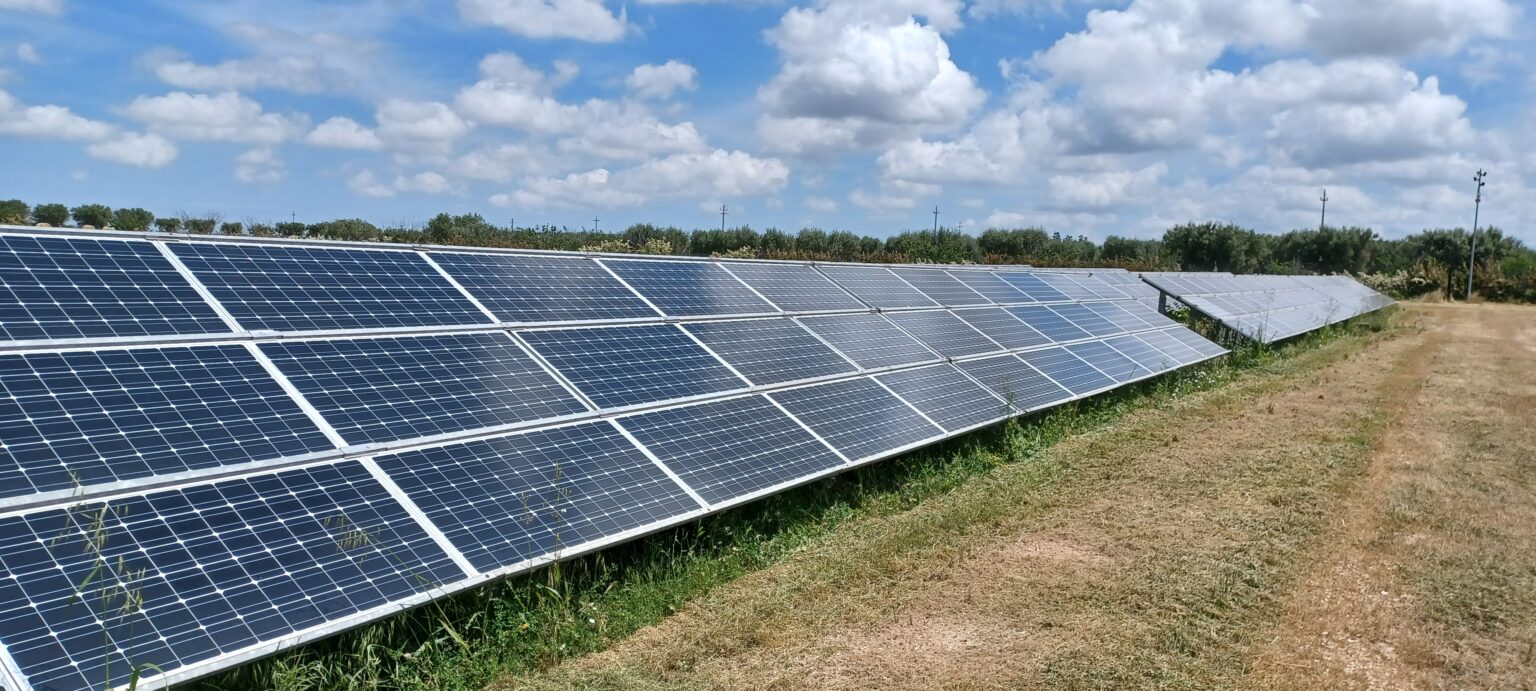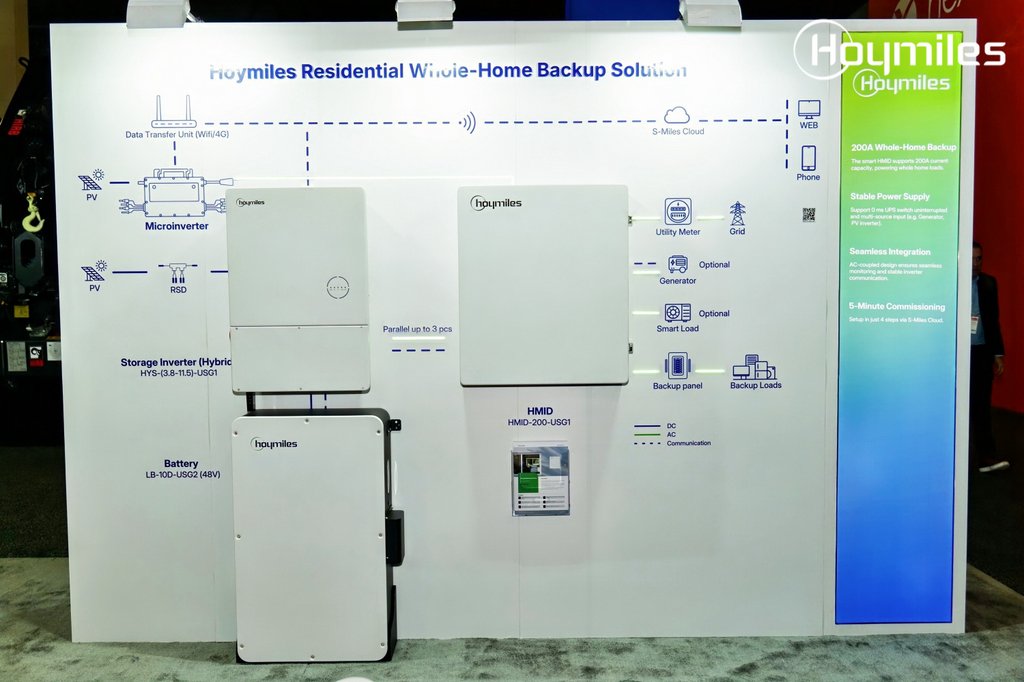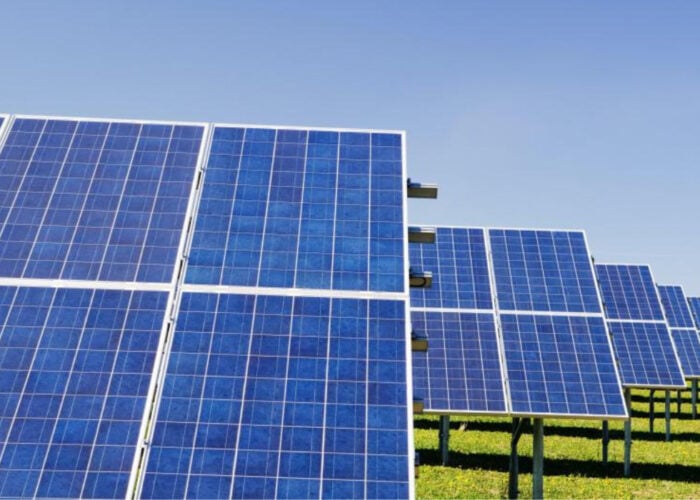Analysis of EPA Biofuel Policy Impact on Sustainable Development Goals
Advancing Clean Energy and Climate Action (SDG 7 & SDG 13)
The U.S. Environmental Protection Agency’s (EPA) proposed Renewable Volume Obligations (RVOs) are poised to enhance the production and use of biofuels, directly contributing to international sustainability targets.
- Contribution to SDG 7 (Affordable and Clean Energy): The policy promotes the expansion of renewable energy sources by increasing demand for biofuels derived from soybeans. This supports a transition towards a cleaner energy mix.
- Contribution to SDG 13 (Climate Action): By incentivizing the substitution of fossil fuels with biofuels, the RVOs serve as a mechanism to mitigate greenhouse gas emissions and combat climate change.
Fostering Economic Growth and Sustainable Industry (SDG 8 & SDG 9)
The proposed regulations are expected to stimulate significant investment in industrial infrastructure, fostering economic resilience and sustainable industrialization.
- Industrial Growth and Innovation (SDG 9): The policy creates favorable margin structures that encourage the development of new soybean crushing facilities. The Bartlett plant in Cherryvale, Kansas, which processes 49 million bushels annually, exemplifies this trend. Further expansion of crushing capacity is anticipated over the next five years.
- Decent Work and Economic Growth (SDG 8): The establishment of new processing plants creates local employment and provides a stable, high-capacity market for agricultural producers, thereby strengthening local economies and supporting rural livelihoods.
Promoting Responsible Production and Consumption (SDG 12)
The EPA’s policy framework underpins a model of responsible consumption and production by creating a sustainable value chain for agricultural commodities.
- Value-Added Production: The RVOs drive demand for soybean processing, transforming a primary agricultural product into value-added goods such as renewable fuel and cooking oil.
- Sustainable Market Development: The creation of new processing capacity, such as the Kansas facility, establishes a reliable market for a significant portion of regional soybean production (49 million of the state’s 180-200 million bushels), promoting efficient resource utilization and reducing waste within the agricultural sector.
Analysis of Sustainable Development Goals (SDGs) in the Article
1. Which SDGs are addressed or connected to the issues highlighted in the article?
-
SDG 7: Affordable and Clean Energy
- The article focuses on proposed biofuel blending requirements (RVOs) by the EPA. Biofuels, derived from soybeans in this case, are a form of renewable and cleaner energy, directly contributing to the goal of increasing the share of renewable energy.
-
SDG 8: Decent Work and Economic Growth
- The development of soybean crushing facilities, like the Bartlett plant in Kansas, stimulates local economic growth. The article notes that the new facility “created an additional market for growers,” supporting local agricultural economies and contributing to overall economic productivity.
-
SDG 9: Industry, Innovation, and Infrastructure
- The article explicitly discusses industrial growth through the construction and operation of new soybean crushing facilities. It mentions the Bartlett facility that opened in 2024 and states that “more crushing facilities are expected to come online over the next five years,” which points to investment in new, sustainable industrial infrastructure.
-
SDG 12: Responsible Consumption and Production
- The article highlights a shift in production patterns where a natural resource (soybeans) is used efficiently to create biofuels. The EPA’s RVOs are a policy mechanism to encourage this sustainable production and consumption pattern, turning an agricultural surplus into a valuable energy product.
2. What specific targets under those SDGs can be identified based on the article’s content?
-
Target 7.2: Increase substantially the share of renewable energy in the global energy mix.
- The article’s central theme is the EPA’s “renewable volume obligations (RVO’s)” for biofuels. These government policies are designed to directly increase the amount of renewable fuel (biodiesel) blended into the national fuel supply, thus increasing the share of renewable energy.
-
Target 8.2: Achieve higher levels of economic productivity through diversification, technological upgrading and innovation.
- The growth of the crushing industry represents economic diversification for agricultural regions. The article states the new plant “created an additional market for growers,” moving beyond just selling raw soybeans to supporting a value-added processing industry.
-
Target 9.2: Promote inclusive and sustainable industrialization.
- The article describes the expansion of the crushing industry, with new facilities being built. The Bartlett plant in Cherryvale, Kansas, is a prime example of new industrialization that supports the local agricultural sector and contributes to the biodiesel industry.
3. Are there any indicators mentioned or implied in the article that can be used to measure progress towards the identified targets?
-
Indicator for Target 7.2: Renewable energy share in the total final energy consumption.
- The article implies this through the “renewable volume obligations (RVO’s).” These are specific, mandated volumes of biofuel that must be blended, serving as a direct measure of the share of renewable energy in the transportation fuel sector.
-
Indicator for Targets 8.2 and 9.2: Manufacturing value added as a proportion of GDP and per capita.
- The article provides specific data that can be used as a proxy for this indicator. It mentions the new Bartlett facility “crushes 49 million bushels per year.” This specific processing volume represents a quantifiable increase in manufacturing/industrial capacity and value added to the local economy. The expectation that “more crushing facilities are expected to come online” suggests future growth in this indicator.
4. Table of SDGs, Targets, and Indicators
| SDGs | Targets | Indicators |
|---|---|---|
| SDG 7: Affordable and Clean Energy | 7.2: Increase substantially the share of renewable energy in the global energy mix. | The volume of biofuel mandated by the EPA’s “renewable volume obligations (RVO’s).” |
| SDG 8: Decent Work and Economic Growth | 8.2: Achieve higher levels of economic productivity through diversification, technological upgrading and innovation. | Creation of an “additional market for growers” through new processing facilities. |
| SDG 9: Industry, Innovation, and Infrastructure | 9.2: Promote inclusive and sustainable industrialization. | The processing capacity of new plants (e.g., “Cherryvale crushes 49 million bushels per year”) and the number of “more crushing facilities are expected to come online.” |
| SDG 12: Responsible Consumption and Production | 12.2: By 2030, achieve the sustainable management and efficient use of natural resources. | The amount of soybeans utilized for biofuel production, driven by “interest in the cooking oil and biodiesel industries.” |
Source: brownfieldagnews.com


